#Duchess Cecily
Explore tagged Tumblr posts
Text






























The White Queen + Fur-trimmed
#The White Queen#TheWhiteQueenEdit#Elizabeth Woodville#Anne Neville#weloveperioddrama#perioddramaedit#period drama#historical drama#In Love with the King#The Price of Power#The Storm#The Bad Queen#costumeedit#costumes#costume drama#Margaret of Anjou#Isabel Neville#Jacquetta of Luxembourg#Margaret Beaufort#Countess of Warwick#Duchess Cecily#Cecily Neville#War at First Hand#Love and Death#Poison and Malmsey Wine#The King is Dead#The Princes in the Tower#The Final Battle#Awkward-Sultana
89 notes
·
View notes
Text
The craziest thing in The White Princess is that Duchess Cecily suddenly cares about her grandchildren by Elizabeth Woodville as though she were not gleeful at the thought of them becoming illegitimate in The White Queen.
14 notes
·
View notes
Text










Reused Costumes
Costumes from Maximilian: Das Spiel von Macht und Liebe (Maximilian and Marie de Burgogne) reused in The White Princess | Part 02 of 04.
#Maximilian Das Spiel von Macht und Liebe#Maximilian#Maximilian and Marie de Burgogne#The White Princess#costumes#costume drama#costumesource#period drama#perioddramaedit#reused costumes#1400s#15th century#Margaret of York#Elizabeth of York#Johanna von Hallewyn#Cecily of York#Cecily Neville#Eliza de la Pole#Elizabeth of York Duchess of Suffolk#George Stanley#Maximilian I
51 notes
·
View notes
Text

Princess Viktoria Luise Adelheid Mathilde Charlotte of Prussia, Duchess of Brunswick and Lüneburg and Duchess Cecilie Auguste Marie of Mecklenburg-Schwerin
German vintage postcard
#postal#marie#german#lneburg#adelheid#historic#ansichtskarte#prussia#brunswick#sepia#vintage#tarjeta#mathilde#luise#princess#cecilie#duchess#schwerin#briefkaart#charlotte#photo#cecilie auguste marie#viktoria#auguste#postkaart#lüneburg#ephemera#postcard#postkarte#photography
11 notes
·
View notes
Note
what did cicely neville do in edward iv's reign?
Hi! Cecily’s entire role during Edward IV’s reign is too long and complex to fully get into right now, so this is just going to be a very brief overview. It’s also not going to touch on her relationship with her daughter-in-law Elizabeth, even though that's somewhat relevant here in some aspects, because that’s also too complex and speculatory.
Ironically, despite the Duke of York’s claims to kingship, it was only after his death and during her widowhood that Cecily Neville truly emerged as a “quasi-queen”. After her son Edward IV had been acclaimed as King in London, and before he left for Towton with the other lords, he summoned the mayor and “all the notables of London” to gather and “recommended them to the duchess his mother”. During his absence, Cecily would preside over his household in Baynard Castle and was probably meant to act as his representative of sorts in the city. After his kingship was more firmly established, Cecily primarily resided at Westminster with him from 1461-64 and regularly accompanied him on several ceremonial and political occasions, such as their visit to Canterbury where she was magnificently welcomed. She also appears to have had a great deal of personal and political influence with her son: Nicholas O’Flanagan, the contemporary Bishop of Elpin, observed in the first few years of Edward IV's reign, his mother could “rule the king as she pleases.” This may have relied on popular topos of mothers and their young sons, it may have reflected reality, or it may have been exaggerated - we don't really know - but it does indicate Cecily's prominent position.
Cecily’s role demonstrably changed after Edward’s marriage to Elizabeth Woodville in 1464. She remained the second-highest ranked woman in the country, but she took a significant step back from high politics (a la Joan of Kent after her son’s marriage to Anne of Bohemia). That does not mean that either of them suddenly became apolitical or uninvolved: quite the opposite*. Cecily remained the head of a large household, her administration supported her son’s, she continued to support a few religious institutions, she engaged in trade, she launched court cases, and she clearly inspired loyalty among her affinity. All of this was fairly standard for a medieval noblewoman, but was naturally enhanced by Cecily’s own prominent royal status. Cecily was godmother to at least three of the royal children: Elizabeth of York, her namesake Cecily, and the youngest child, Bridget. She also played a role in reconciling her son George to the Yorkist cause in 1471, though she did not have the spearheading role which has often been erroneously credited to her by historians (ie: “engineering peace between her warring sons”); instead, it was her daughters Anne and Margaret who took the leading role in achieving the reconciliation, while Cecily probably aided them. She was also clearly perceived to be influential with Edward IV, best evidenced by how the mayors of Norwich petitioned her to aid them against the Duke of Suffolk in 1480, though we don’t actually know the result of Cecily’s intervention to judge whether it succeeded or how effective it was**. Regardless, though, she evidently had a much lower national profile during these years.
(On a more personal level, we also have a very sweet anecdote from Elizabeth Stonor who spoke of a meeting between Cecily and Edward in October 1476 at Greenwich: 'and ther I sawe the metyng betwyne the Kynge and my ladye his Modyr. And trewly me thowght it was a very good syght’.)
Cecily’s numerous titles are also interesting. Immediately after Edward IV’s ascension, she called herself “the Kyngs Moder, Duchess of York”. Variations of the title included references to her late husband, but she primarily defined herself in relation to her son, through whom her current position and power derived. As Laynesmith says: "narrative accounts, particularly chronicles, had naturally used the phrase ‘the king’s mother’ to describe women in the past, especially Joan of Kent. However, it was Cecily who turned this into a specific title in her letters and on her seals." A few months after Edward's marriage was announced, Cecily adopted a new title, now styling herself as: “By the ryghtful enheritors Wyffe late of the Regne off Englande & of Fraunce & off ye lordschyppe off yrlonde, the kynges mowder ye Duchesse of Yorke.” This referenced the Yorkist perception of her husband, Richard Duke of York, who was called the "true and indubitable heir" of England. In 1477, a herald for the wedding of her grandson Richard of Shrewsbury styled Cecily as “the right high and excellent Princesse and Queene of right, Cicelie, Mother to the Kinge”. This was once again linked to her husband’s status: Cecily described him in her letters as “in right King of England and of France and lord of Ireland”. All in all, Cecily’s various designations appear to have been designed to signify her own importance within the regime, to uphold the claim of her late husband, and to strengthen Edward IV’s position by promoting him as the son of the (supposedly) rightful heir. It’s also very possible, as Laynesmith has suggested, that “it was as her queenly power diminished [after the early 1460s] that her claims to queenship were more elaborately emphasized in wax and on parchment”.
Cecily’s role and prominence, and how it changed overtime, is best demonstrated by the number of times English subjects offered prayers for her soul in return for grants. Between June 1461 and September 1464, there are twelve instances of grants made to people who offered prayers for her. (To compare, during the first three years of Elizabeth Woodville's queenship, there were sixteen grants of the same type. So, Cecily didn't quite reach the level of the queen, but she came close; it was quintessential "quasi-queenship"). However, mentions of Cecily dramatically deceased following Edward IV's marriage: over the next 19 years till 1483, she is only mentioned five times, and in all cases Elizabeth Woodville was also listed before she was. Three of these mentions are in 1465, likely reflecting contemporary unease with her son's controversial marriage and the perceived unsuitable origins of the new queen. After that, however, Cecily is mentioned only twice: once in 1476 and once in 1481, with the latter being a grant to her own son-in-law Thomas St. Leger***. This fits well with what I mentioned above about her quasi-queenship in the early 1460s, followed by a much more reduced role and lower national profile in the future years.
Hope this helps!
*Oddly, Cecily is not mentioned at all in contemporary reports for her daughter Margaret’s wedding. Laynesmith believes that she was unwell, and that may as well be true, but Margaret's celebrations went on for a great period of time and it does seem conspicuous that Cecily was entirely absent from them all. It's also worth noting that a letter from the Milanese ambassador Giovanni Pietro Panicharolla on the marriage wrote that "the king, the queen, her father, and the king's brothers are all disposed to it" (sidenote: it's VERY interesting that the queen's father is mentioned before the king's own brothers and male heirs) but made no mention of Cecily. Nor, iirc, was she mentioned in the tournament held to celebrate Anglo-Burgundian relations. It does clearly seem as though Cecily did not play a notable role in the marriage, and relevant diplomacy, at all. (Laynesmith's claim that its Cecily had "helped lay the ground for" the marriage because she *checks notes* dispatched both her sons to Burgundy in middle of a civil war 7 years earlier, with many fluctuations in Anglo-Burgundian relations in between, is, I'm sorry to say, nonsense). ** Laynesmith believes that "Cecily’s intervention to control Suffolk perhaps marked a turning point in the duke’s violent career because when he resorted to force again the following summer his victim successfully reclaimed the manor from which he had personally ejected her." I think that Laynesmith is being far too assumptive and that we don’t even know the result of Cecily’s intervention in 1480 to somehow credit her with entirely different case one year later that literally did not even involve her, lol. ***Even more oddly, Cecily’s own son Richard didn’t include her among the list for who to offer prayers for in his college in Middleham in 1478. This was despite the fact that he had included Edward IV, Elizabeth Woodville, his wife Anne Neville, his sisters, his dead brothers and his dead father. It’s incredibly striking, and I wonder what could have happened to cause her exclusion, especially since she was included in religious foundations by both Edward and her son-in-law Thomas St. Leger? Laynesmith claims that "this rather suggests that Richard's own piety was not consciously influenced by hers", and sure, that seems obvious, but it certainly can't have been the only reason. Was she merely overlooked, or did they have a quarrel at the time, or was it for another now-unknown reason? Whatever the case, it's a small but intriguing detail to me.
Sources:
"Cecily, Duchess of York" by J.L. Laynesmith
"A Paper Crown: The Titles and Seals of Cecily, Duchess of York" by J.L. Laynesmith (The Ricardian)
"Cecily Neville: Mother of Kings" by Amy License
34 notes
·
View notes
Text



🩶 Grand Duchess Olga Feodorovna, 1874. 🩶
15 notes
·
View notes
Text

Grand Duchess Eleonore of Hesse and by Rhine, Prince Georg Donatus, Hereditary Grand Duke of Hesse and by Rhine and his wife, Hereditary Duchess of Hesse and by Rhine and Prince Louis of Hesse and by Rhine at the Bayreuth Festival in 1932.
#eleonore of hesse#georg donatus of hesse#cecilie of hesse#louis of hesse and by rhine#hessen#darmstadt#1930s#hesse and by rhine#hesse family#ludwig of hesse#georg donatus#grand Duchess of hesse and by Rhine#Hereditary Grand Duke of Hesse and by Rhine#Hereditary Duchess of Hesse and by Rhine
21 notes
·
View notes
Text



....does she mean she's having an affair too? Is everyone in this book having an affair??
31 notes
·
View notes
Text







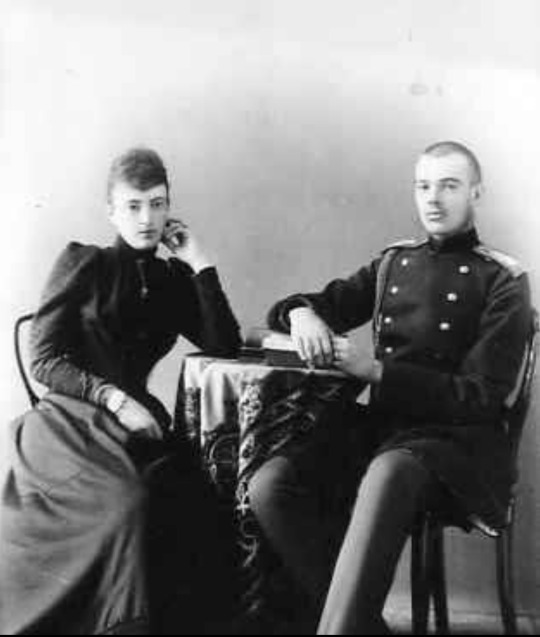
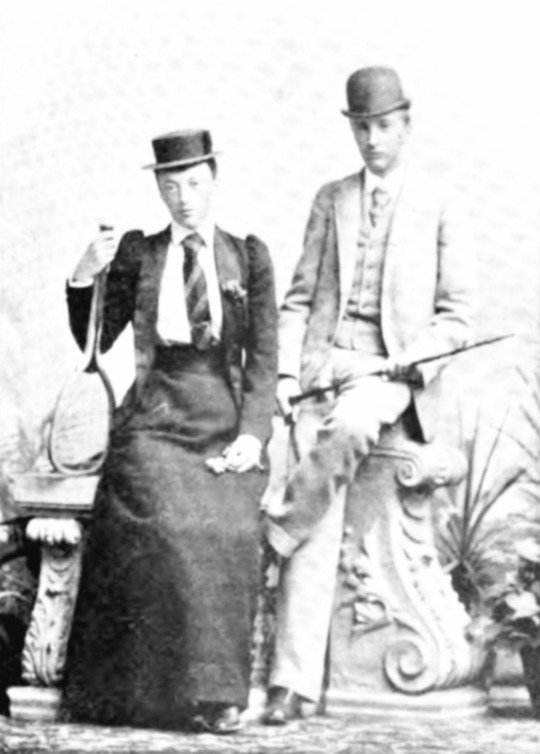


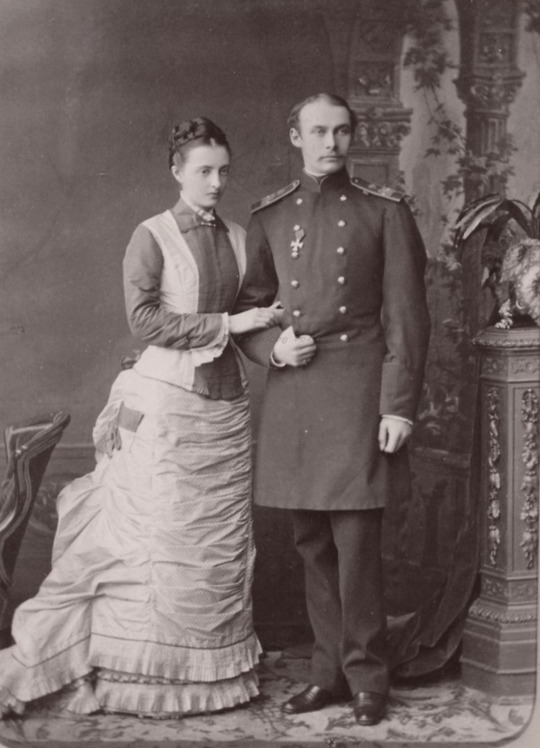

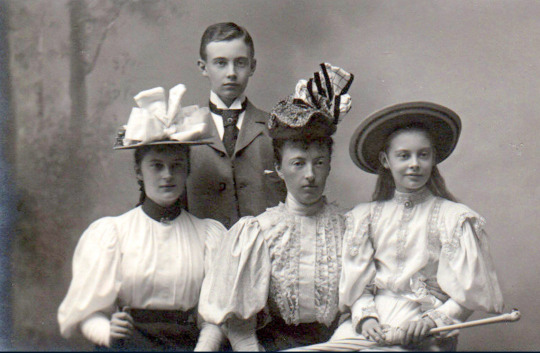



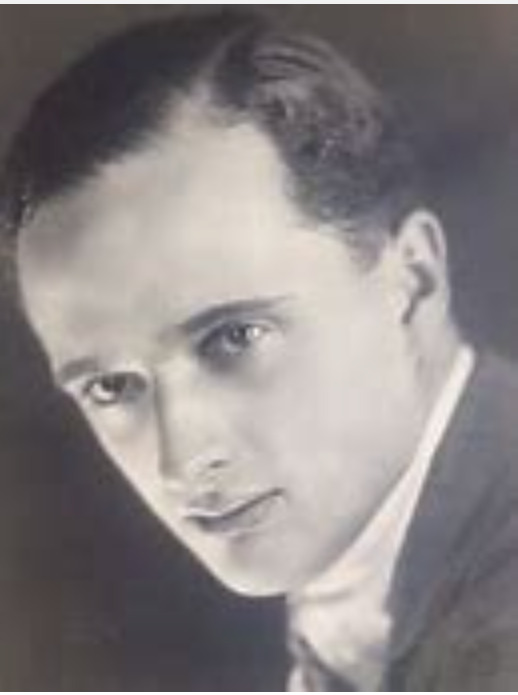


Photographs: 1. Grand Duke Mikhail Nicholayevich and his wife, Grand Duchess Olga Fyodorovna, with their two eldest children, Grand Duke Nicholas Mikhailovich and Grand Duchess Anastasia Mikhailovna; 2 and 3: Anastasia as a young girl; 4 and 5: Anastasia as a young woman. In one of the photos, she is wearing Russian court dress; 6. Anastasia with her brother Grand Duke Mikhail Mikhailovich (Miche-Miche); 7. Anastasia with her brother Grand Duke Georgiy Mikhailovich; 8. Anastasia with her brother Grand Duke Sergei Mikhailovichl 9. Anastasia with her youngest brother, who died at twenty, Grand Duke Alexis Mikhailovich; 10. Anastasia with her brother Grand Duke Alexander "Sandro" Mikhailovich; 11. Anastasia with her niece Princess Irina Alexandrovna; 12 and 13; Two photos of Anastasia with her fiancee/husband Grand Duke Frederick Francis III of Mecklenburg-Schwerin; 14. Anastasia with her three children; 15 and 16: Two pictures of Anastasia; 17: Anastasia's three children and their spouses: From left to right: Her daughter Alexandrine of Mecklenburg-Schwerin with the future King Christian X of Denmark, Her son, Frederick Francis IV with Alexandra of Hanover and Cumberland, and her daughter Cecilie of Mecklenburg-Schwerin with Crown Prince Wilhelm; 18. Her illegitimate son Alexis Louis de Wenden; 19: Villa Wenden in Nice; 20. The formidable Grand Duchess Anastasia Mikhailovna.
The other Anastaisa
Grand Duchess Anastasia Mikhailovna was born in 1860, the second child and only daughter of Grand Duke Mikhail Nicholaevich and Grand Duchess Olga Feodorovna (nee Princess Cecilie of Baden.) Anastasia was a granddaughter of Nicholas I. The better-known Anastasia (the daughter of Nicholas II) would be born a little over a half-century later, promising to be just as indomitable as her predecessor (she did not have the chance to fulfill that promise.)
Stasi (as her brothers called Anastasia Mikhailovna) was her father's favorite child. Her brothers worshipped her. Her mother was the disciplinarian of the house. The boys were allowed to see their sister only on Sundays.
Anastasia married Frederick Francis III, Grand Duke of Mecklenburg-Schwerin, at 19. Frederick Francis was Grand Duchess Maria Pavlovna, the Elder's brother. He had very poor health throughout his life; he had asthma and multiple allergies and rashes, and he needed to live during extended periods in the warmer climate of the Mediterranean rather than in Northern Europe; this was just fine with Anastasia, who would never adjust to her adoptive country or gain the affection of the people there. The couple established Villa Wenden in the South of France, and she would live in that area of the world most of her life. Frederick's homosexuality was known throughout Europe, but the couple seemed to have gotten along well. Anastasia spent lavishly at the casinos, and Frederick Francis was glad to provide her with the funds. When the Grand Duke died, she said: "On this day, I have lost my best friend."
They had three children, and all married very well:
Duchess Alexandrine of Mecklenburg-Schwerin (1879 –1952); married King Christian X of Denmark. They had two sons.
Frederick Francis IV, Grand Duke of Mecklenburg-Schwerin (1882 –1945), married Princess Alexandra of Hanover and Cumberland. They had five children.
Duchess Cecilie of Mecklenburg-Schwerin (1886 –1954.) She married Wilhelm, the German Crown Prince. They had six children.
Up to the death of her husband, Anastasia's life had transcurred without scandal. However, a few years later, she began an affair with Vladimir Alexandrovitch Paltov, her secretary. She soon became pregnant by him and attempted to hide that fact by claiming she was suffering from a tumor. She claimed to have chickenpox when she delivered the child. Her son, Alexis Louis de Wenden, was born in Nice in 1902. She was able to bring him up herself and wrote to him daily when he was away at school. After the scandal became public, she was advised never to live near her daughter, now the Crown Princess of Germany (she was given special permission to visit her daughter for the birth of her first grandson.)
After her father had a stroke, he went to live with Stasi in Villa Wenden. As the senior member of the Romanov clan, "Uncle Misha" received many visitors, including the Tsar. At least one of her brothers was in residence at Villa Wenden at any given time. When her father died in 1909, Anastasia inherited an enormous fortune. She continued to live as she wished, gambling heavily, going to the theater, and dancing.
World War I split the family apart. Her son was the reigning Grand Duke of Mecklenburg-Schwerin, her daughter was the German Emperor's daughter-in-law, she was a Russian Grand Duchess, and her Russian family was fighting on the opposite side. She settled in neutral Switzerland. The war cost her son and daughter their (prospective) crowns. After the war, she returned to Nice. There she founded a charity to help Russian exiles. Vladimir Paltov was the charity's president, perhaps indicating that the relationship continued. She lived in Villa Fantasia in Eze, which is near Cannes.
Anastasia died suddenly after suffering a stroke in 1922. She rests in Ludwigslust next to her husband. All of her children have living descendants today, including her illegitimate son. She certainly lived as she wished. Which is something that the other Anastasia would have probably done should she have been given the chance.
#russian history#imperial russia#romanov family#Grand Duchess Anastasia Mikhailovna#villa Wenden#Grand Duke Mikhail Nikolayevich#Grand Duke Georgie Mikhailovich#Grand Duke Mikhail Mikhailovich#Grand Duke Alexander Mikhailovich#Grand Duke Nicholas Mikhailovich#Grand Duke Alexis Mikhailovich#Grand Duchess Olga Fyodorovna#Frederick Francis III Grand Duke of Mecklenburg Schwerin#Frederick Francis IV Grand Duke of Mecklenburg Schwerin#Duchess Cecilie of Mecklenburg Schwerin#Christian X of Denmark#Crown Prince Wilhelm of Germany#Alexis Louis de Wenden
21 notes
·
View notes
Text
Well, I am finally reading The King's Mother, and by far the aspect I'm most enjoying is the portrayal of Richard as The Favourite Golden Child.
#Edward? Edward's an idiot#George? George is a brat#Richard? Richard is a perfect angel#Why hello my fellow shameless Ricardian#Random#Personal#Am Reading#The King's Mother by Annie Garthwaite#Cecily Duchess of York#King Edward IV#George Duke of Clarence#Richard Duke of Gloucester#But poor George why does everyone hate him#It feels like George is the new Richard or has it always been this way#I need some positive George portrayals#Do we have any novels with George as the loveable protagonist?#Poor poor George
5 notes
·
View notes
Text

I swear one of these days, I'm going to learn how to properly use markers (she won't). Anyways, with this, I was thinking of a young Cecily Neville, Duchess of York. Im told she looks a bit too tanned for a Northern lassie.
#my art#colored drawing#markers#cecily neville#duchess of york#house of york#medieval#medieval art#medieval fashion#period costume#historical clothing
3 notes
·
View notes
Text












The White Queen + Hair Moments in 1.08: The King is Dead
#The White Queen#TheWhiteQueenEdit#Elizabeth Woodville#Margaaret Beaufort#Elizabeth of York#weloveperioddrama#perioddramaedit#period drama#The King is Dead#historical drama#Duchess Cecily#Cecily Neville#Anne Neville#Jane Shore#Awkward-Sultana
52 notes
·
View notes
Note
🍄: which royal would you go on a date with
I would go with Lady Diana Spencer for sure 100%✨
i already answered this question but i can gladly answer it again because i am in love with like all of the royal women!
Princess Charlotte of Prussia
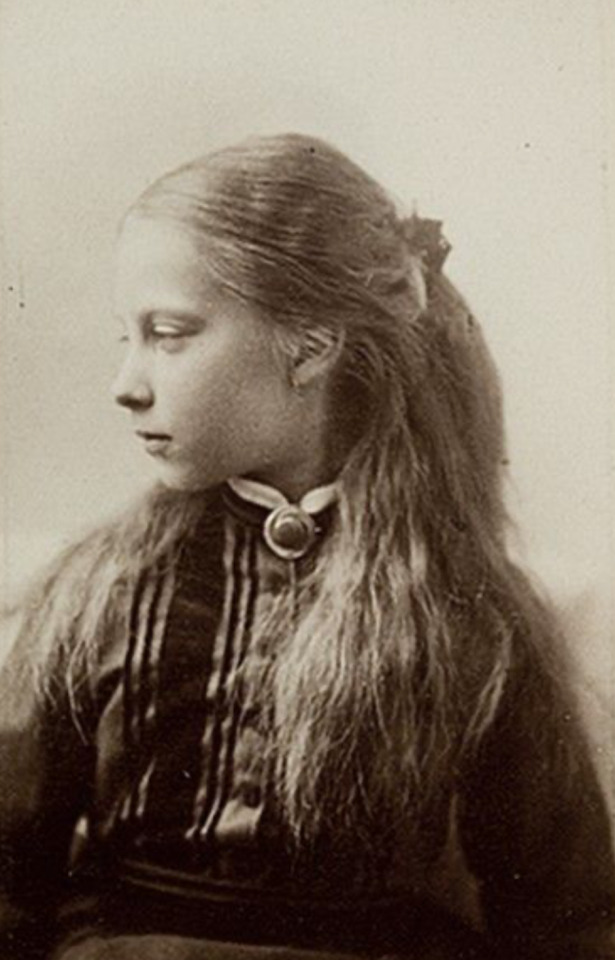
2. Queen Alexandra of Great Britain
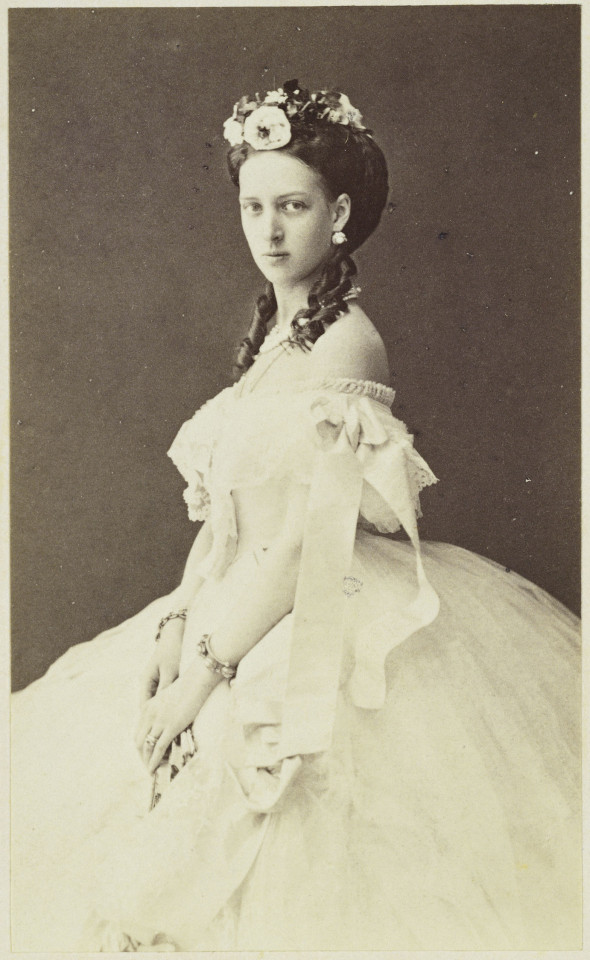
3. Princess Viktoria of Prussia

4. Princess Beatrice of Great Britain

5. Grand Duchess Xenia Alexandrovna of Russia

6. Duchess Mathilde Ludovika aka “Spatz” in Bavaria

7. Princesses Margarita, Theodora, Cecilie, and Sophie of Greece and Denmark
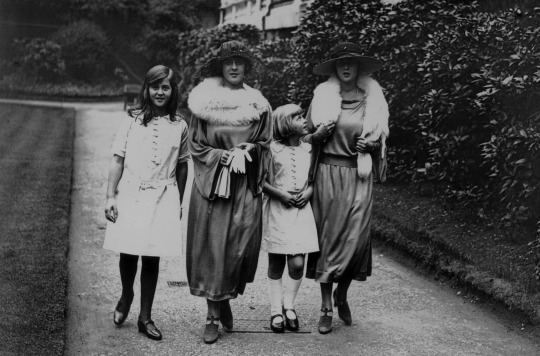
Feel free to ask me this question again because i have a lot more people in mind lol!
Thank you for asking!!!
#answered ask#princess charlotte of prussia#queen alexandra of the united kingdom#xenia alexandrovna#princess beatrice#Duchess Mathilde ludovika in Bavaria#princess margarita of greece and denmark#princess theodora of greece and denmark#princess cecilie of greece and denmark#cecilie of hesse#princess sophie of greece and denmark
14 notes
·
View notes
Text






Trust me I’m beyond good on that 🤢
#choices tda#choices the duchess affair#choices#choices stories you play#playchoices#if you wanna… enjoy your lover… that’s fine#I’m not gonna gossip bc that’s none of my business#but I have no interest in watching whatever y’all get up to#I like Cecily but girl 😒#choices app#pixelberry studios#pixelberry
7 notes
·
View notes
Text
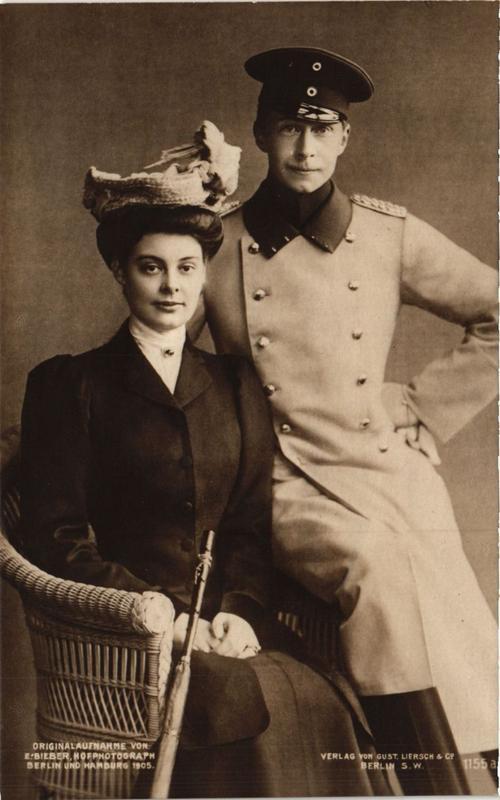
Duchess Cecilie Auguste Marie of Mecklenburg-Schwerin and Friedrich Wilhelm Victor August Ernst, Crown Prince of Prussia
German vintage postcard
#friedrich wilhelm victor#duchess#sepia#marie#friedrich#photography#vintage#prussia#postkaart#crown#german#cecilie auguste marie#prince#ansichtskarte#ephemera#carte postale#postcard#auguste#postal#briefkaart#ernst#crown prince#cecilie#schwerin#photo#mecklenburg#august#wilhelm#victor#tarjeta
11 notes
·
View notes
Text
𝙲𝚑𝚘𝚌𝚘𝚕𝚊𝚝𝚎 𝚌𝚊𝚛𝚍𝚜 𝚘𝚏 𝚁𝚘𝚢𝚊𝚕 𝚠𝚘𝚖𝚎𝚗 👑✨🍫
(𝙿𝚊𝚛𝚝 𝟺 𝚘𝚞𝚝 𝚘𝚏 𝟺)
~~~~~~~~~~~~~~~~~~~~~~~~~~~~~~~~~~~~~~~~~~~~~~~

Princess Mary, Countess of Harewood and Princess Royal.
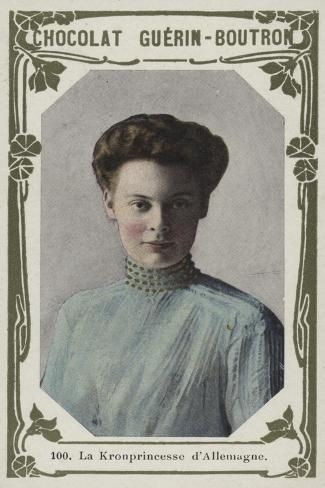
Crown Princess Cecilie of Prussia, née Duchess Cecilie of Mecklenburg-Schwerin.
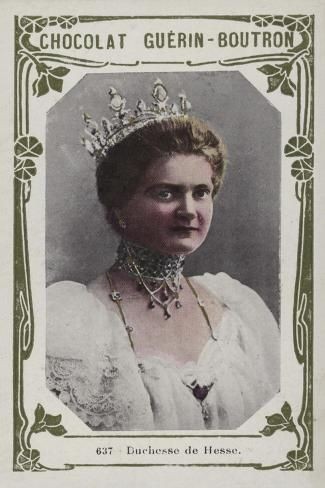
Grand Duchess Eleonore of Hesse, née Princess Eleonore of Solms-Hohensolms-Lich.
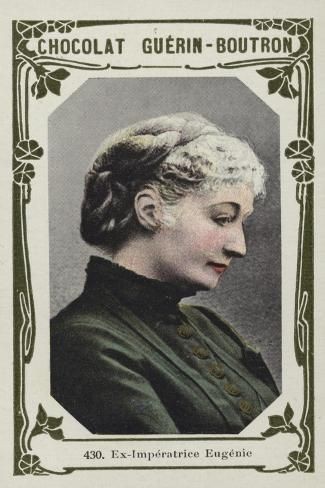
Empress Eugenie of France, née Eugenie de Montijo.
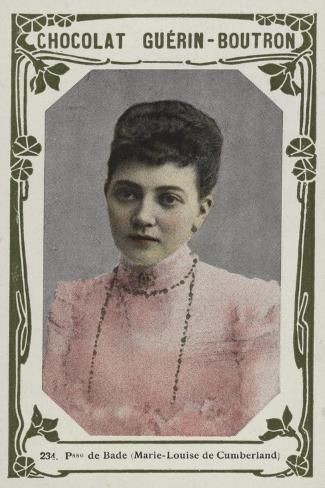
Princess Marie Louise of Baden, née Princess Marie Louise of Hanover.

Grand Duchess Olga Nikolaevna

Grand Duchess Tatiana Nikolaevna
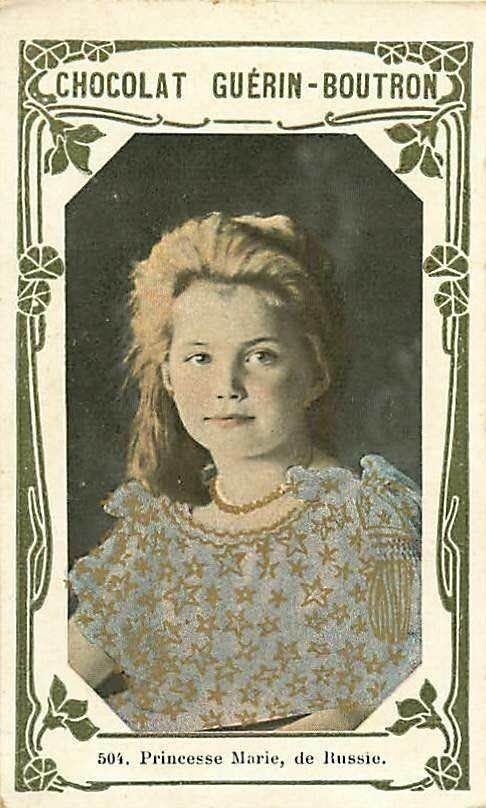
Grand Duchess Maria Nikolaevna
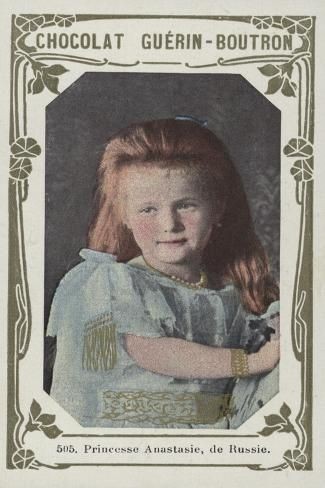
Grand Duchess Anastasia Nikolaevna
#princess mary#mary princess royal#duchess cecilie of mecklenburg-schwerin#crown princess cecilie of prussia#grand duchess eleonore of hesse#princess eleonore of solms-hohensolms-lich#empress eugenie#eugenie de montijo#princess marie louise of hanover#princess marie louise of baden#grand duchess olga nikolaevna#grand duchess tatiana nikolaevna#grand duchess maria nikolaevna#grand duchess anastasia mikhailovna#chocolate cards
14 notes
·
View notes